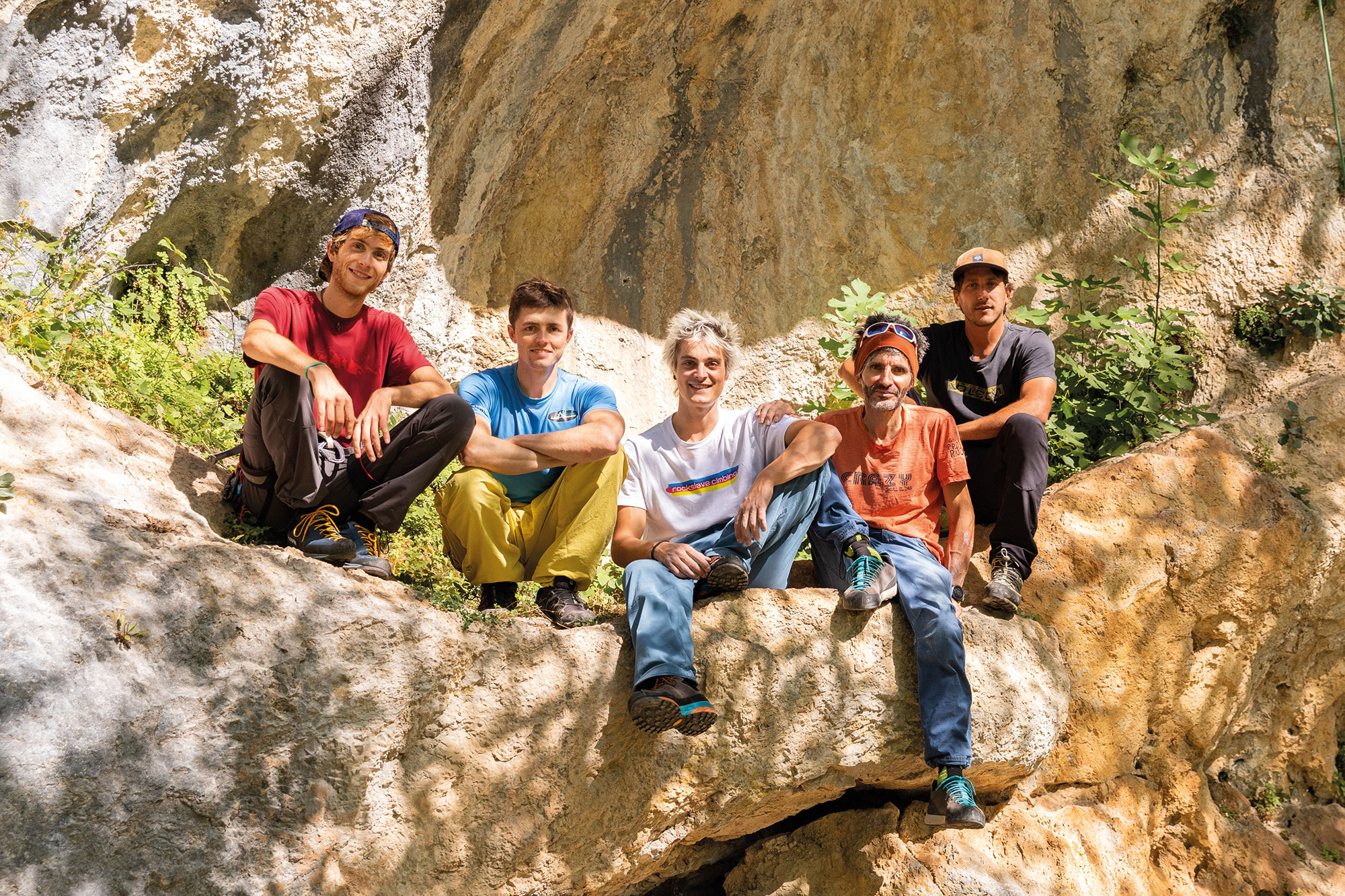With: SCARPA
By: Francesco Pierini
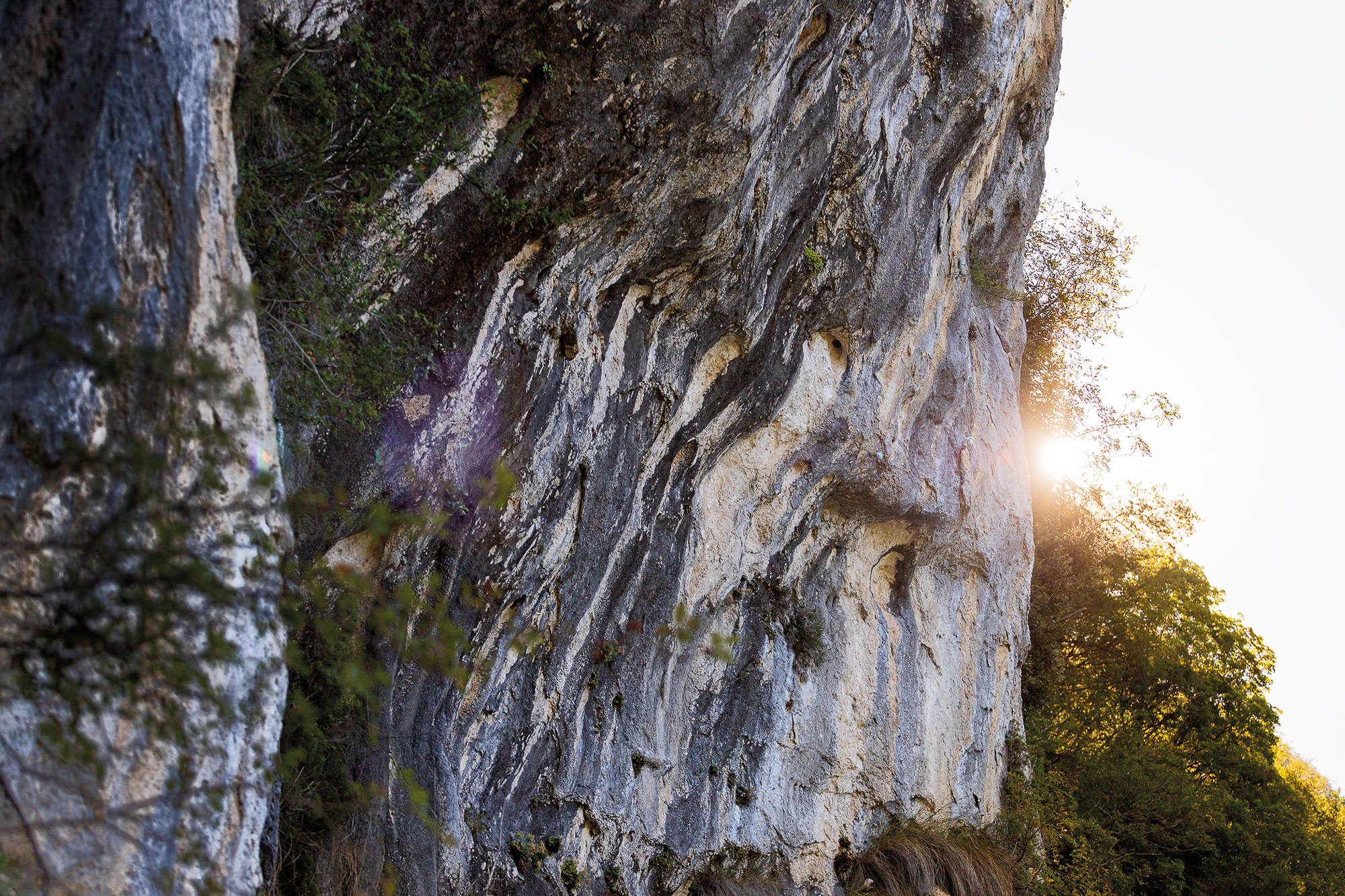
Lost Lines: the newfound history of climbing in Tuscany
The phone rings and a Tuscan accent, the same you can hear in every Pieraccioni’s movies, invades my thoughts with a proposal that immediately captures my attention.
The guy speaking is Luca Andreozzi, a young Tuscan climber who has only one thing in mind: to pay homage to those who over the years have written the history of Tuscan climbing. This is why he decided to start his journey on a mysterious route on the slopes of Monte Procinto, bringing to light its small holds and all their history, together with the one of the people who, years ago on that same blue limestone wall, had dreamed of a line.
This is where starts Lost Lines, our journey in search of forgotten climbing routes that have remained, for some reason, outside the pages of history books.
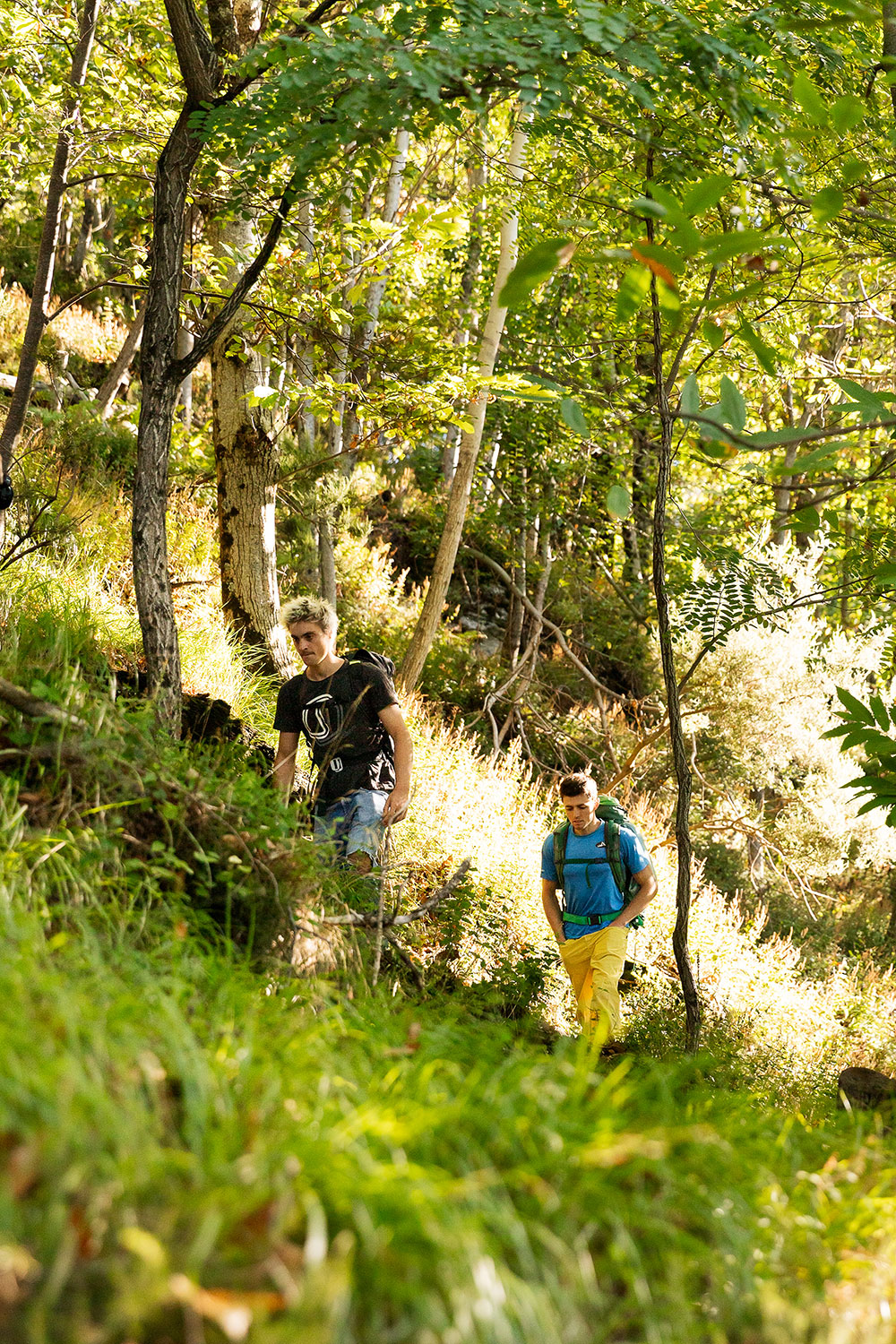
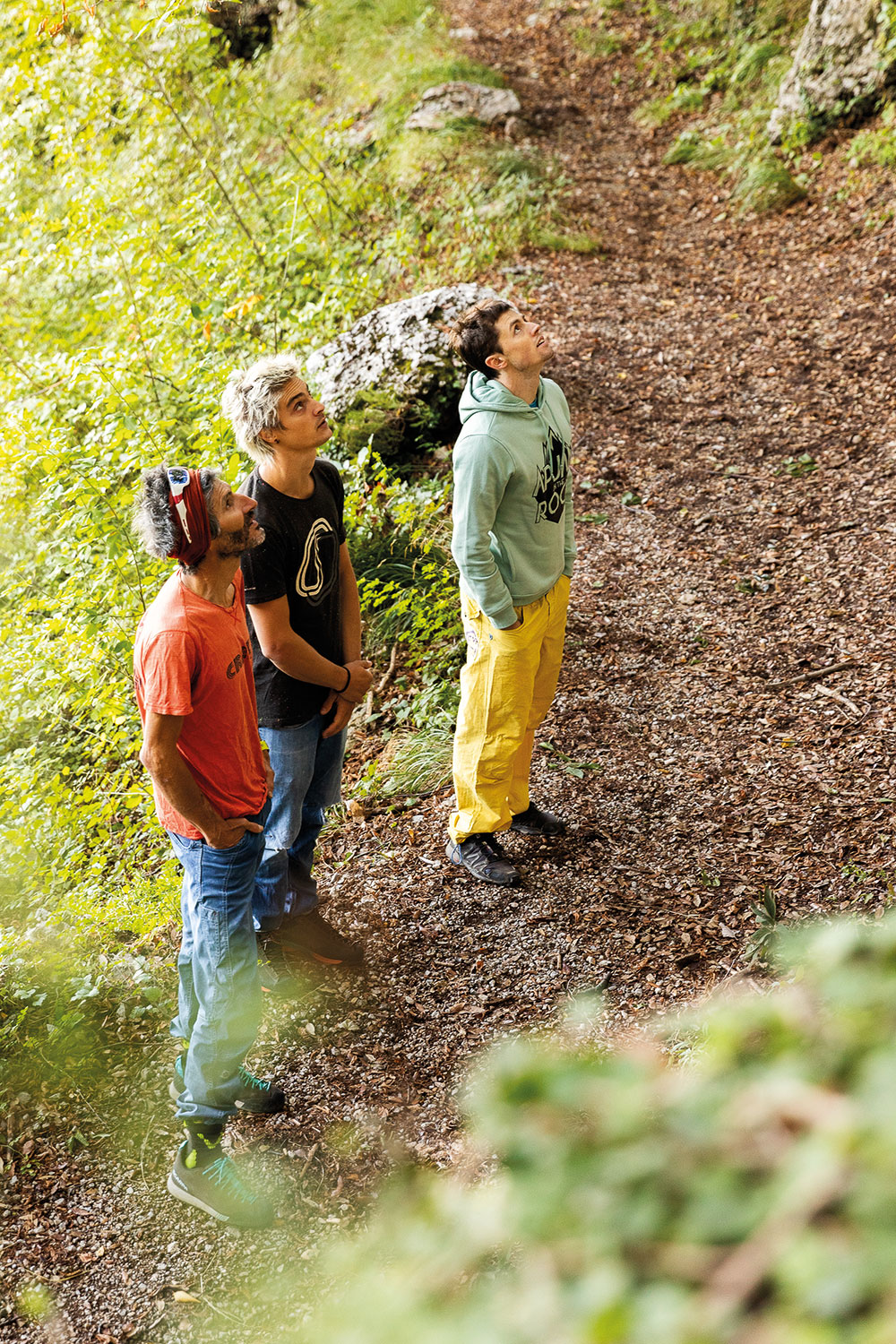
Teribbbile.
Teribbbile, a name that already makes you tremble, it is a wall that, with its tiny holds, tells a history of more than twenty years, a story that speaks of unexplored places, first conquests, friendship, too high degrees that you can’t even pronounce, a past that is however close and from which we can still learn so much. For 20 years this route has been only a faded name on the rock, or maybe not even that. But it’s never too late to tell a good story and, looking at Monte Procinto, it’s easy to realize how much 20 years after all are not so many.
This called to action brought us to the realization of this documentary that allowed us to feel part of a reality that few people know and, thanks to the use of images, we have made it available to those who want to rediscover a piece of history.
The documentary, made by me, Francesco Pierini, together with climber Luca Andreozzi, was a chance to bring together those pieces that over the years have given shape and life to Tuscan climbing, pieces that usually do not communicate with each other, distant, not on a geographical level but on a communicative one, concealing mysteries and anecdotes that few people know.
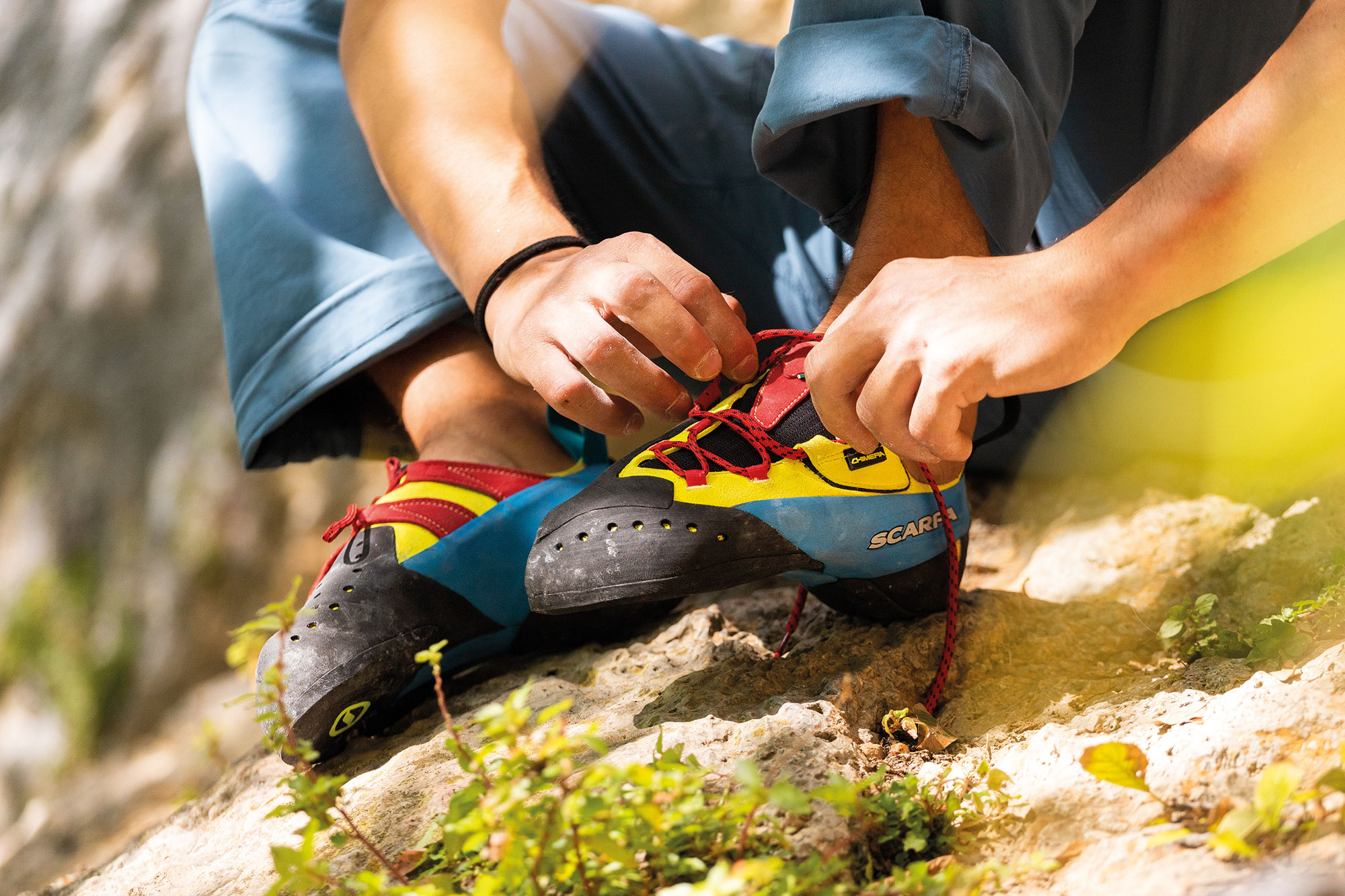
«The rock where Suspicion lies
Is six hundred arms high from the sea,
surrounded by ruinous cliffs,
and threatens to fall from every corner.»
Ludovico Ariosto – Five Cantos
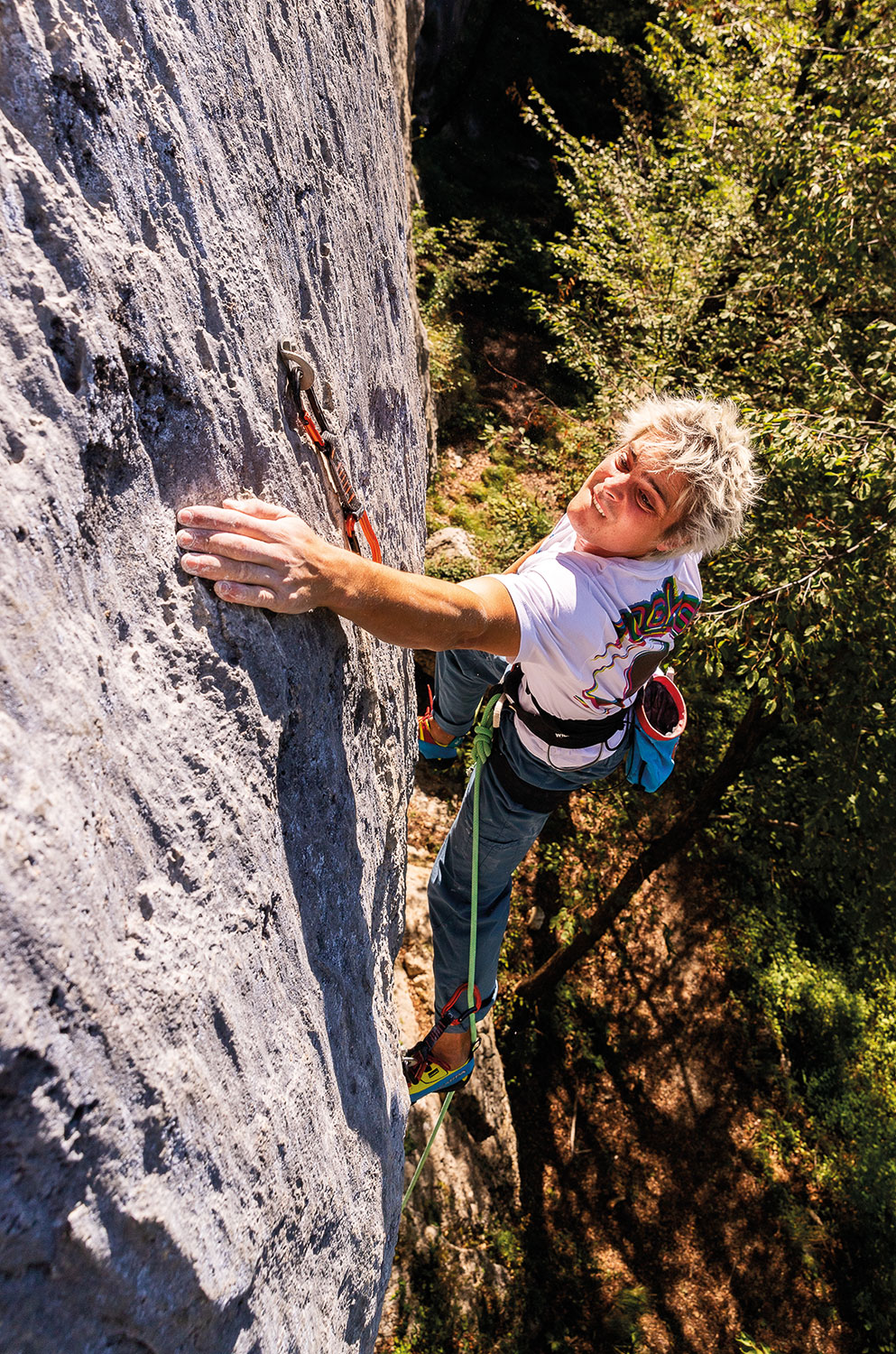
«The rock where Suspicion lies
Is six hundred arms high from the sea,
surrounded by ruinous cliffs,
and threatens to fall from every corner.»
Ludovico Ariosto – Five Cantos
The history of Tuscan climbing has been written on the walls of Monte Procinto, from the first important mountaineering achievements of the early 1900s to the majestic ascents on the east face and on Monte Nona. Starting from the 1980s, sport climbing also made its way and conquered its space with the bolting of the crag of Cattiverie and the Piripin crag, immediately above the Forte dei Marmi Refuge, which soon became the scene of the raids of the strongest Tuscan climbers of that time. Here is where the first chalk was used, where people started climbing with their first climbing shoes, using bolts for the first time… And so, Beppe Pacini, Riccardo Barsanti, Roberto Vigiani, Volero, Corticelli and a few years later Marco Ricciotti, Edoardo Bendinelli, Cristiano Virgilio and with them many others found fertile ground on these walls to best express their vision of climbing, a vision that, years after years, changed until it became something new.
“If I had to define what climbing is for me, I would define it as the means through which I express myself best, sometimes looking for new things, others retracing the past, choosing those routes and holds forgotten by all people but in which it is easy to find the enthusiasm and the taste for discovery of those who had left a mark on the rock before us.” Luca Andreozzi.
Going on with the story, it was Roberto Vigiani, a talented mountaineer from La Spezia, Tuscan by adoption, and at that time manager of the Forte dei Marmi Refuge, who enhanced the Piripin crag by bolting the most beautiful and hard routes, shifting the focus of Tuscan sport climbing here. Among these he decided to bolt a line whose holds, however small and distant, promised a truly futuristic route: a strictly vertical blue limestone wall, with such thin and sharp holds that earned the route an equally severe name: Teribbbile.
It will be first a flood and then the vicissitudes of life to move Roberto away from the first free ascent of the route, which will remain unsolved until the early 2000s, when the Tuscan champion Cristiano Virgilio managed, by climbing at a dance pace, to solve the enigma and be the first one to climb it.
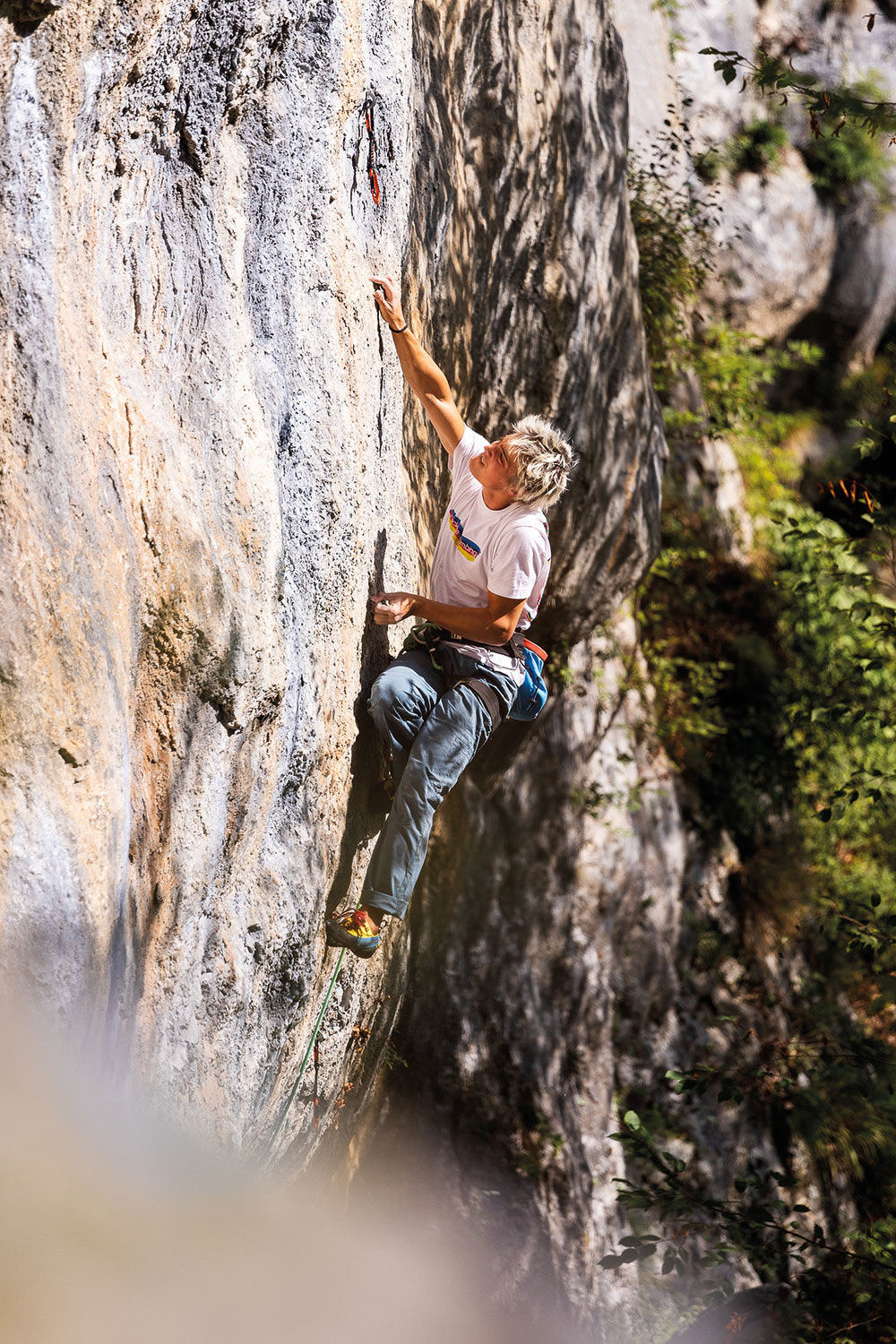
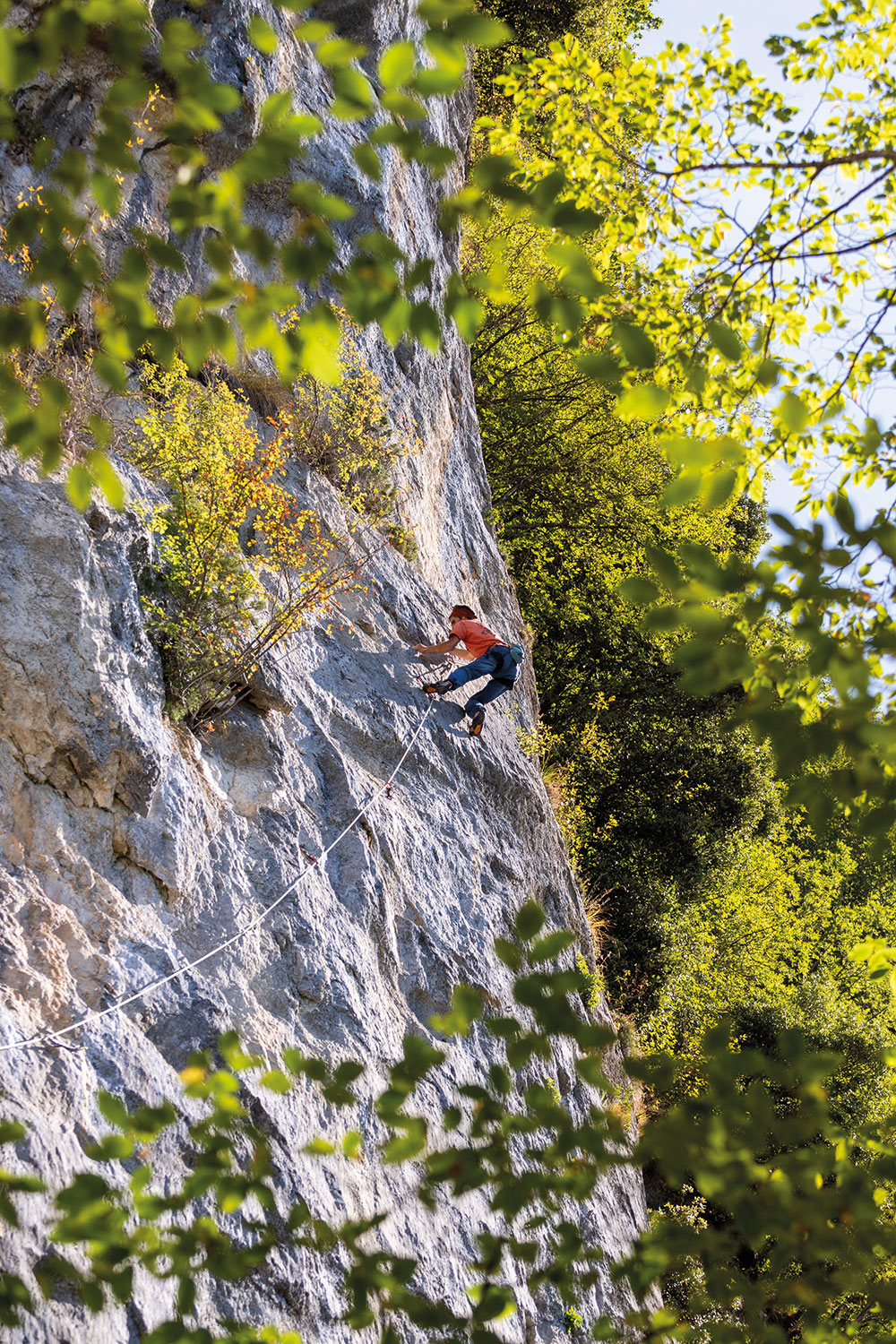
However, when the time came to grade the route, doubts remained and the mystery too: up until that time the maximum grade reached in Tuscany was around 8b, and so, naively and timidly, that became an 8b too. It will take almost 20 years for the route to see a second ascent. In 2017 the strong Tuscan climber Patrizio Buricchi found himself on the wall and got called to have his say: for him it was n 8c, and not by chance: Teribbbile turned out to be the first 8c in Tuscany, unknowingly climbed by a young 20-year-old Virgil first.
If I had to describe the empathy created by realizing this documentary, I would probably answer with this example: do you know the emotion of grandparents when their grandchildren arrive home? In a few moments the environment is charged with energy, and maybe the two of them who, up to 10 minutes earlier were yelling at each others for nonsense, when grandchildren arrive a dialogue begins, made up of stories and lived emotions. This was the effect that the documentary created, a connection that finally united those pieces that had been there for too long, hidden and ready to be discovered. I am extremely grateful to have contributed to maintaining what Cristiano Virgilio, referring to climbing, transmits in his words with extreme naturalness: “I am really pleased that there are still young people interested in climbing, because years pass by, but in the end the passion it’s the same.”
This is the story we wanted to tell in Lost Lines, hoping with this documentary to return to Tuscany an important piece of its vertical history.
